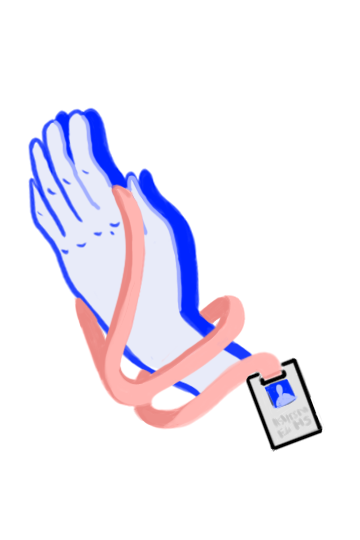I’m sorry, but not even Finland can fix this.” Last Saturday morning in the South Loop, a handful of educators and community leaders congregated to discuss Teachers Who Pray (TWP), a nonprofit that believes that Christian prayer can be used to fight the issues plaguing primary and secondary education. TWP founder and Chicago schoolteacher Marilyn Rhames contended that even the Nordic model beloved by many in the educational community couldn’t fix America’s public schools. While the conference addressed some questions, it also raised many others. Can God succeed where Finland (and the American education system) has failed?
Rhames, a former journalist, felt inspired to become an educator after 9/11, and in 2009 she founded Teachers Who Pray to fight what she saw as the “spiritual deprivation [that] was wreaking havoc in schools.” As an education writer and New York Times contributor with masters’ degrees in both education and journalism, Rhames is as well-versed in educational issues as she is in the Biblical verses that she holds up as a solution.
According to TWP Secretary Diane Miller’s remarks at the conference, the dearth of religion in public schools “has…attacked the fiber of nurturing” in education. Teachers Who Pray prides itself on “taking education advocacy to the highest level”—which means looking not to CPS administrators for reform, but to Jesus Christ.
In more concrete terms, Teachers Who Pray advocates for the formation of afterschool teacher prayer groups. Several teachers spoke of their positive experiences leading such groups, as well as the skepticism they faced from other teachers. As one teacher said, “They were snickering, but you bet they came to us when things got tough.”
Despite the substantive body of legislation aimed at upholding religious neutrality in schools, Teachers Who Pray is not alone in supporting prayer in school settings. In 2014, North Carolina passed Senate Bill 370, a law that “clarified student rights to engage in prayer and religious activity,” and earlier this year, Chicago-based State Reps. Mary Flowers and LaShawn Ford proposed a bill, House Bill 0165, that would amend the Silent Reflection and Student Prayer Act to allow “individually initiated, non-disruptive prayer…at any time during the school day.”
But as an organization unequivocally concerned with Christianity and proselytization, Teachers Who Pray is well aware of the legal challenges it faces. The organization’s ten central tenets highlight the fact that while “teacher-to-teacher prayer in school is absolutely legal,” the “U.S. Supreme Court has determined it illegal for a teacher to pray with students or in the presence of students while working in a public school.”
At one point, Rhames noted that the U.S. Constitution’s Establishment Clause bars Congress from “prohibiting the free exercise [of religion]” and directs it to “make no law respecting an establishment of religion.” Within the classroom, this leaves Teachers Who Pray with little to stand on. As the conference’s PowerPoint conceded in bold red text: “Praying with students in class is not a wise strategy; it can get you fired.”
At the conclusion of the conference, the attendees joined hands and shared a prayer. While the correlation between secularism and the deterioration of schools is far from universally agreed upon, it’s certain that educators face serious hardships, from administrative corruption scandals to rampant school closures. As Rhames said at the conference, this is true “even in Chicago—especially in Chicago.”

